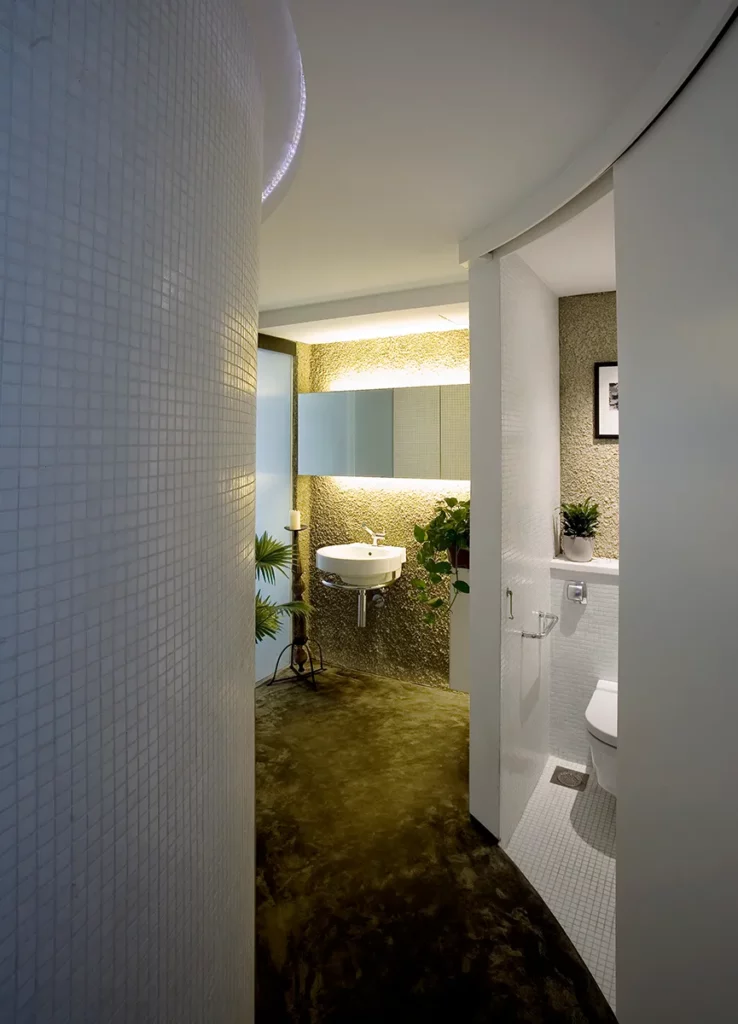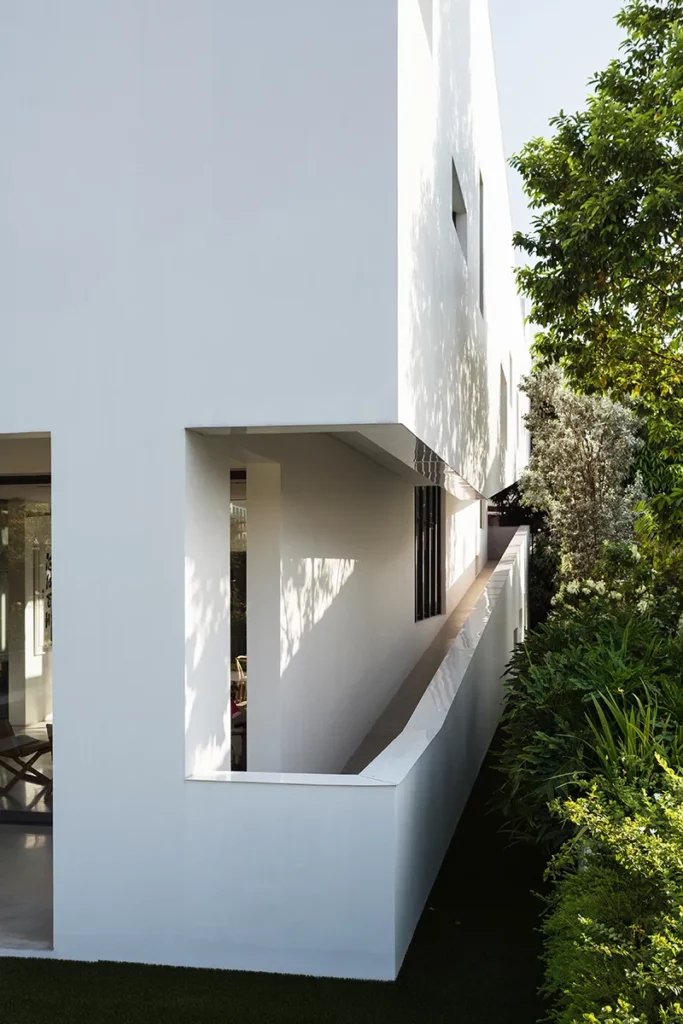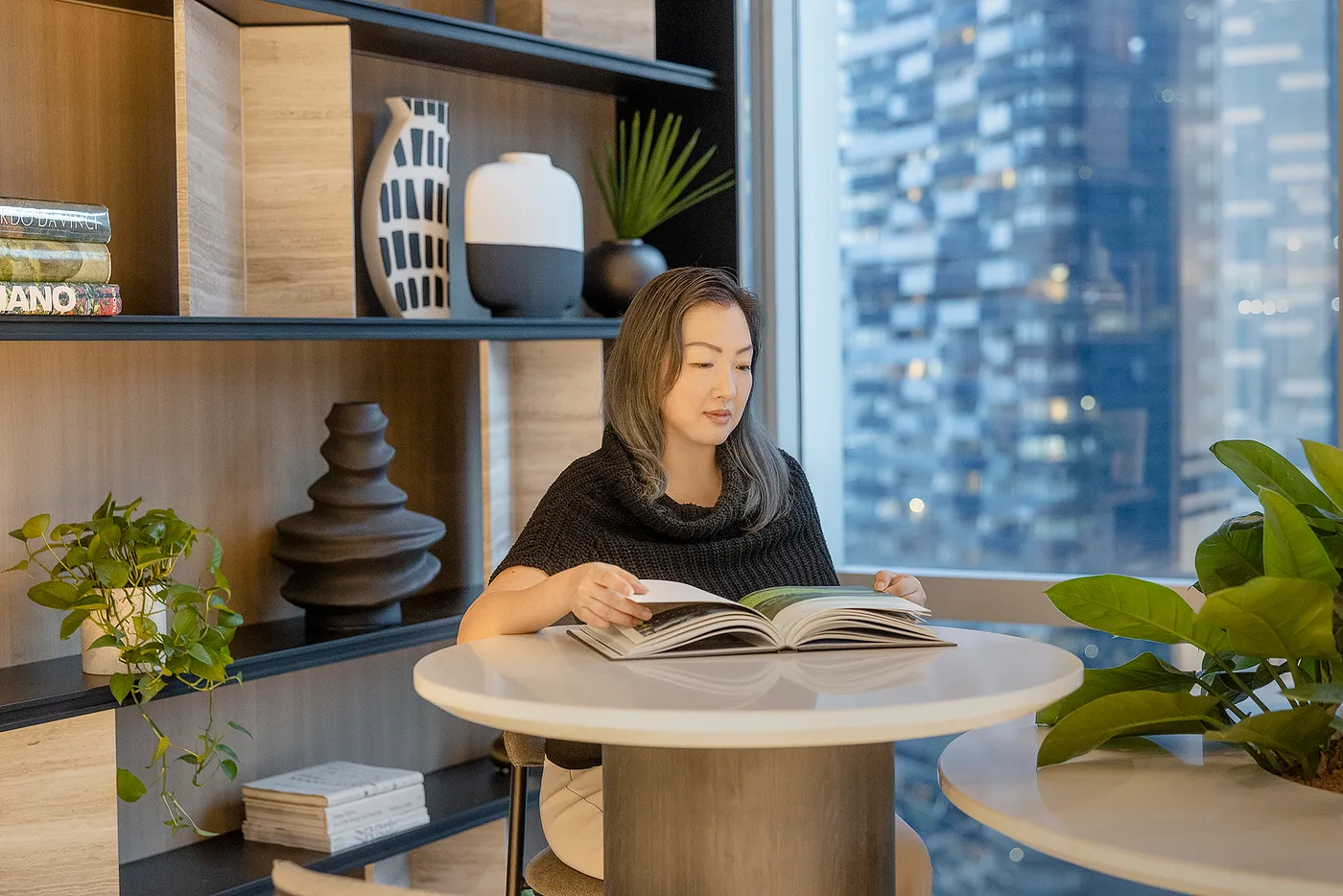We chat with Gwen Tan, Afternaut’s Design Principal. She shares her favourite projects with us, chats about questioning the status quo, and why she doesn’t have a project she calls her “greatest”.
Gwen is also Co-founder of Formwerkz, and Co-Founder/Principal Designer of interior design firm Studio iF. This interview was done as a special for International Women’s Day 2021.
What project would you consider your greatest achievement and why did it inspire you?
Many projects are great in different ways and I never refer to one being the “greatest” as maybe the best has yet to come. We always challenge ourselves to do better and find new ways to solve old problems.
My first architectural house project, Alleyway House, was a very memorable one where we built the house arounds its human and animal inhabitants. When we were asked not to provide a full ensuite toilet for the master bedroom, we were perplexed. Upon checking further, the son told us that they want to spend more time during the morning “rush hour” to interact with their old mother and having a shared and open communal bathroom increased their face time with each other.
Conversations like these gave insights to our clients’ priorities in life that often inspire us to push boundaries further. Of course garnering an Singapore Institute of Architect’s design award for that first house project is a real nice sweetener for me.

What is one important lesson you’ve learned from architecture?
In architecture school, we were taught to question the status quo, an important skill set that will serve designers well. Our inquisitive nature will lead us to constantly be on the lookout for new solutions, solving more problems at one go and to do them more sustainably.
In our Ramp House project, I wanted to challenge myself to create an architectural project that is built on all the fundamentals of Tropical Architecture and yet totally devoid of typical features like pitched roofs, sun screens and large overhanging roof eaves.
A single gesture of a ramp that links the external spaces of the house together (the garden with the rooftop pool) to fulfill a dad’s dream to provide a childhood to his kids much like his where he could run about outside his house to play catching tirelessly, has also addressed the tropical climate the house is set in.
The ramp has an outer skin wall with carefully calibrated openings that provide a modulated climatic control for the glass openings on the inner layer. Indirect light is brought into the house through glass slits on the ramp itself and the ramp also creates a wind channeling effect into the house. The pool on the roof together with the equipment deck’s air space provide the much needed insulation for the spaces below from the overhead sun.

What do you hope to achieve with the Afternaut this year?
We have accomplished several experience and data centric projects overseas that’s aimed at creating better living for the future. We hope to bring the learning points back to Singapore to contribute positively to the realms of sustainability, inclusiveness and mobility. We want to better support an ageing population through good design.
“Many projects are great in different ways and I never refer to one being the ‘greatest’ as maybe the best has yet to come. We always challenge ourselves to do better and find new ways to solve old problems”
What advice do you have for young women in architecture / design?
Architecture is a tough profession regardless of gender. In the male dominant construction industry where a woman needs to play a leading role, one needs to be mentally strong, clear headed and be prepared to put in extra hard work to earn that respect.
It is important to arm yourself with humility and to know there’s always something you can learn, even in mistakes. Then, you can rise to the occasion when challenges come your way.

